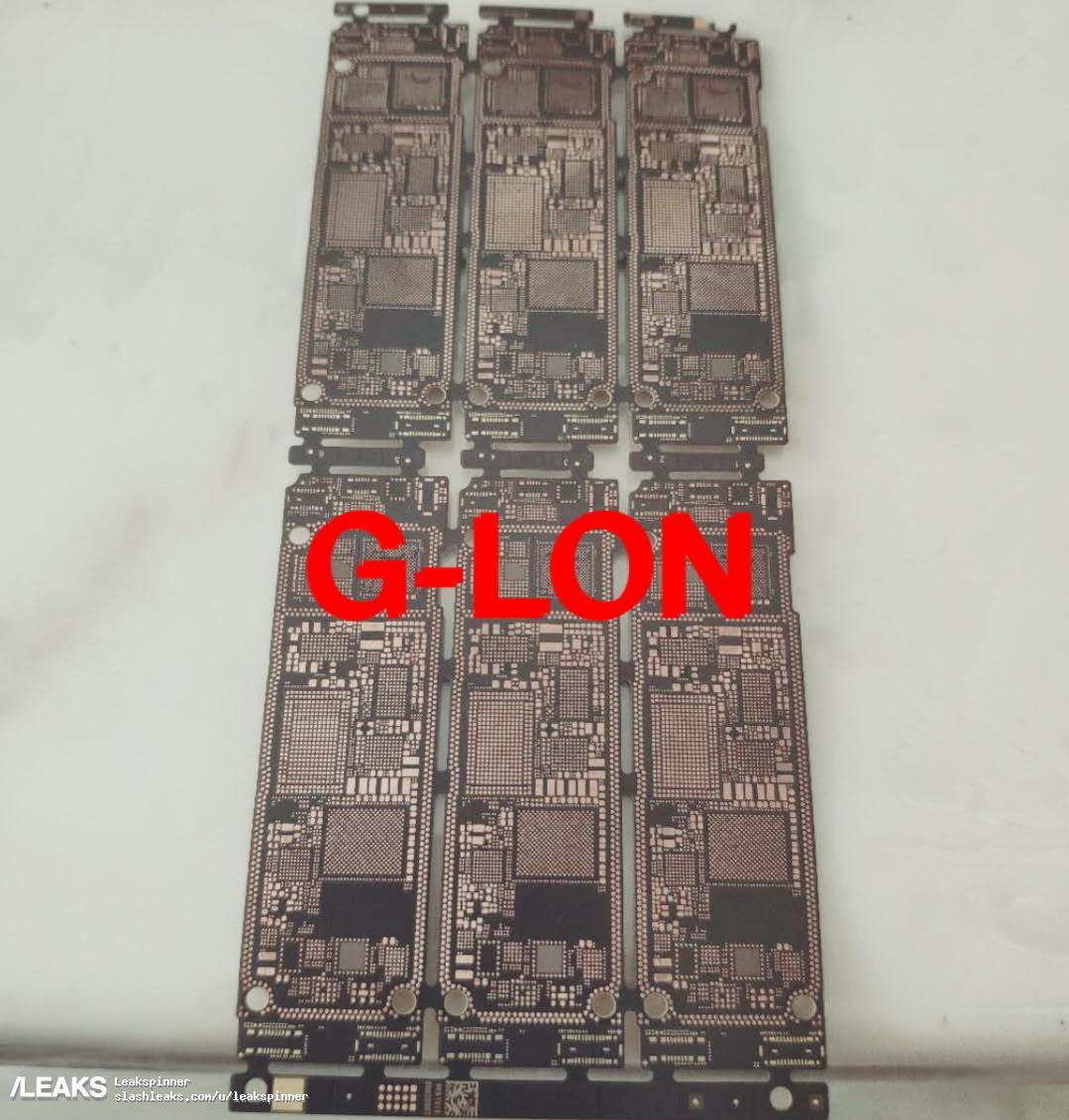iMacmatician
Regular
The Twitter user Longhorn (@never_released) has information about the A13.
There is discussion on the Real World Tech forums about these details including the potential implications of the core codenames. Neither codename is about wind so maybe they indicate larger architectural changes than the past five generations?
@never_released said:Apple A13 is T8030. Its CPU codename is Lightning.
@never_released said:Apple Lightning (next-gen CPU) has hardware tracing.
Links: [1] [2] [3]@never_released said:Apple A13's codename as a whole is Cebu. It has Thunder and Lightning cores.
There is discussion on the Real World Tech forums about these details including the potential implications of the core codenames. Neither codename is about wind so maybe they indicate larger architectural changes than the past five generations?

